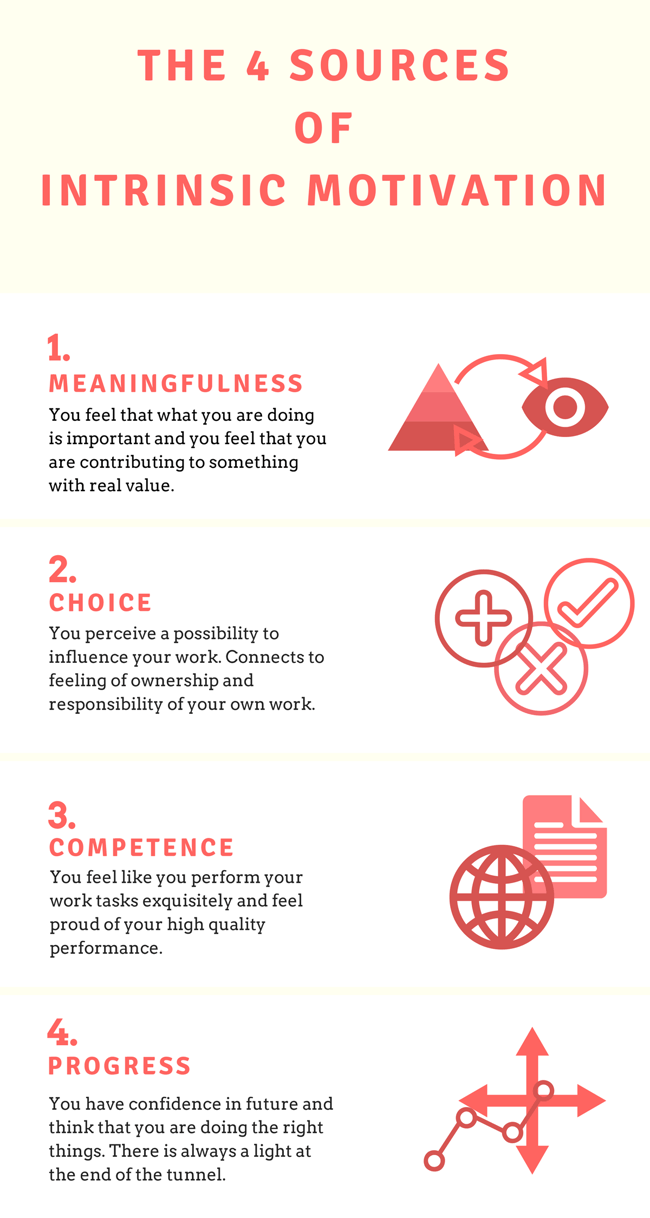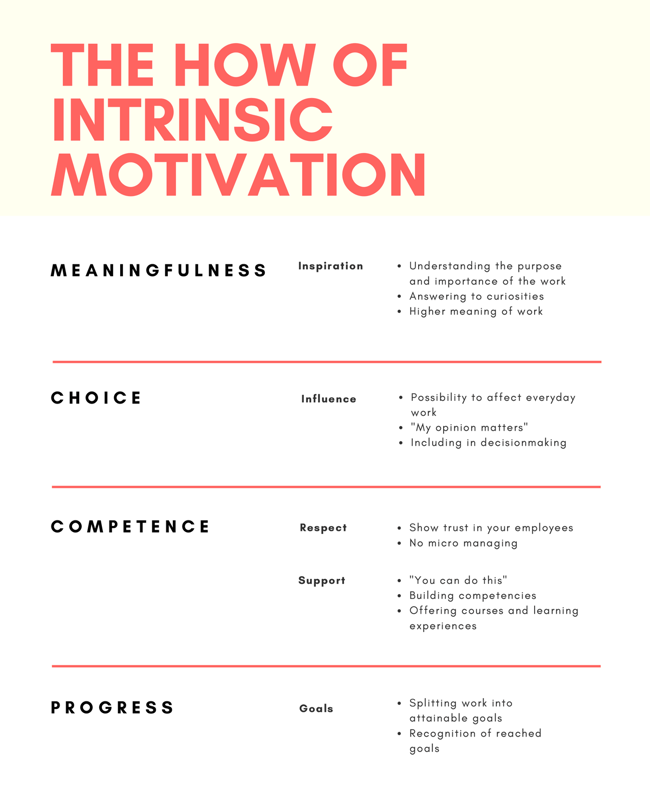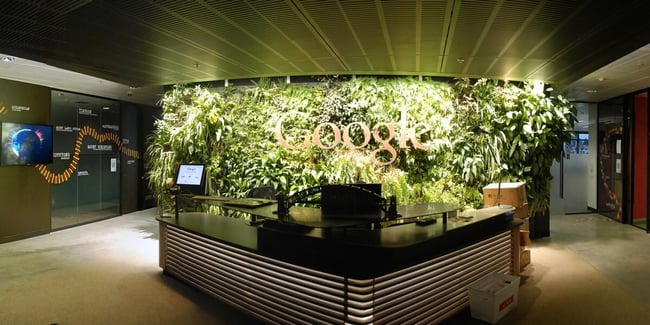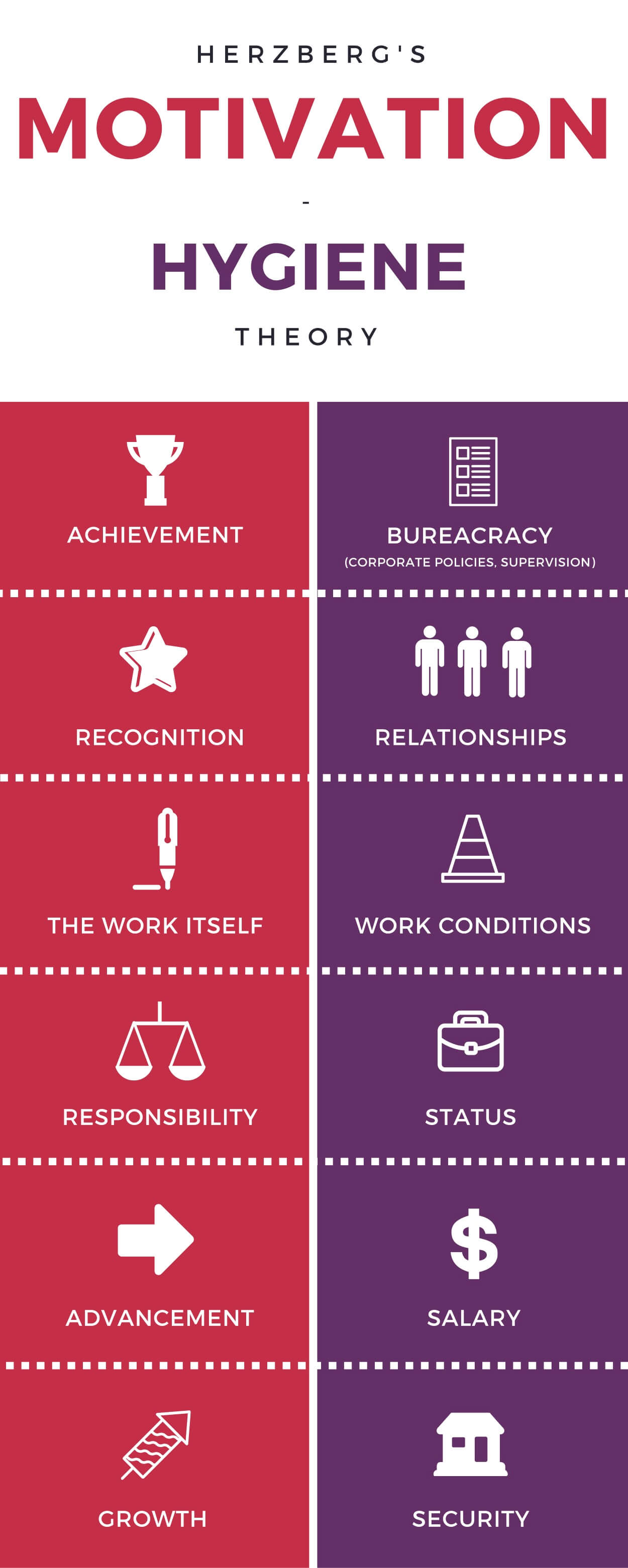Motivating Creativity - The Why and How of Intrinsic Motivation
Motivated employees tend to be much more efficient and proactive, so exactly the kind that positively effect your company. But how are you motivating your employees? Are you giving them bonuses or named the employee of the month?
While these means do the trick for many employees doing routine work and, to at least some extent, some knowledge workers (such as salespeople), you might want to rethink your approach for motivating your creative workers.
Creative employees are the ones that do the majority of high value added work in today’s economy. They are the people that innovate, plan, analyze, manage, and collaborate at your company. In fact, it’s said that about 30% of the US workforce are from the creative class. Motivated creative workers are typically much more productive and innovative than those who are not. They tend to seek for better ways to complete their tasks and are quality oriented. Thus, motivating creativity actually contributes to the overall quality of things done at your company.
On the other hand, if you ignore the motivational needs of your creative workers, it might have some devastating consequences, and not just related to low productivity. As these employees are not that into their tasks, their absence rates tend to go up and are likely to change workplaces more often. Both of these effects are quite expensive for any organization. Also, when people don’t have the same drive for their work, the quality of their work plummets. All of this results in some serious financial losses, albeit ones that are hard to identify.

Intrinsic motivation
When we talk about organizations and employee motivation, the traditional way is to think about extrinsic motivators, such as monetary awards and bonuses for those that are effective, punishments for those that are not, and general fame and praise (e.g. employee of the month). While these approaches without a doubt work for some people, you can do much better with much less money for most people.
You can enhance the productivity of your creative workers and the quality of their output by motivating them intrinsically. When employees have intrinsic motivation, they are more productive in completing creative tasks, they tend to look for better ways to do their tasks and concentrate more on the overall quality of their work. Assessing intrinsic motivation just makes a lot of sense for all companies.
In a nutshell, intrinsic motivation means that the motivation to do things comes from within. You don’t do something because you get paid for it or because you get punished if you don’t do it. Rather, you do things because you think they are interesting, you like the challenge, you want to get recognized by others or because you could learn new things.
There are four sources of intrinsic motivation, they are the sense of meaningfulness, choice, competence, and progress.

The Candle Problem
Perhaps the most famous study about the connection between motivation and creative problem solving is the candle problem. In this classic study, participants are given a relatively simple creative problem to solve. Some of the participants are told that the researchers want to know how long it takes, on average, to solve the problem. This group of participants doesn’t get any rewards. On the contrary, another group is rewarded on the basis of how well they do. The fastest 25% and the fastest individual in the second group were promised to get a substantial monetary award.
Now, wouldn't it make a lot of sense for the latter group to do considerably better on this task? They were given a great deal of extrinsic motivation while the other group was just told to do it for the sake of the problem. Well, the surprising fact is that the first group, with only intrinsic motivation, did substantially better than the group with monetary compensation.
“The surprising fact is that the first group, with only intrinsic motivation, did substantially better than the group with monetary compensation. “
The same effect can be seen throughout the modern working life. Many creative tasks are done with motivational factors that are not monetary. For example, people engage in open source software projects to learn and build a product they believe in and individuals spend a whole night at a company hackathon without any extra pay. Actually, many companies use the intrinsic motivation of their stakeholders to engage them in open innovation activities.
Being intrinsically motivated has other pros too. Intrinsically motivated employees are found to be more satisfied with their jobs, to feel that they are developing more professionally, to feel less negative stress, to be more concentrated — and finally —to typically be better advocates of your company.
How to motivate creativity
So as you might've experienced, there are no simple answers for motivating employees doing creative work. Everything depends on the work and the people in your organization. Not everybody gets motivated by additional challenges, nor does everyone enjoy great levels of independence. Thus, the first step is to get to know your employees well and to figure out what makes them tick. They are probably motivated by different things, as it should be! When you know which of the intrinsic factors motivate each individual, it's easier for you to start using them.

Nonetheless, there are some methods and ways to motivate employees that are somewhat generalizable. To gain a tangible understanding of how these methods work in real life, we use Google’s employee motivation practices as examples here. Google is a great company to use as an example, as they value their creative workforce and are committed to making their employees satisfied with their work. Moreover, judging by the employer attractiveness success of Google, it seems that they are doing a lot of the right things.
Goals
Achieving goals, rather than advancing work without any reachable end results, adds to the sense of progress. And that enhances motivation for most people. The goals can’t be just any goals. They should be attainable, yet challenging enough so that the employees can feel that they’ve really achieved something. And when your employee reaches a goal, reward them. The compensation shouldn’t, however, usually be financial, or even tangible. Often times respect and recognition from others is a much better motivator.
Moreover, involving your employees to set their own goals is usually a great practice. That way, your employees will also have a sense of choice and meaningfulness that both increase accountability. At Google, they use a system called Objectives and Key Results (OKR). In this system, teams and individuals set up an objective for their work for their next quarter or so. Then they structure measurable key results that will indicate how well they’ve worked towards their objectives. The idea is, that the objectives and key results are challenging. Moreover, the OKR are visible to everyone in the company. Thus people can see what other teams, individuals and the company on the whole is working on and how things are improving.
Influence
The sense of being able to make choices is a great intrinsic motivator. When employees feel that they can influence and control their work tasks and other contents of their work, they have exactly that. People want to choose what they go after. Thus, including employees in decisions and giving them the chance to impact their day-to-day work can be very fruitful.
The OKR at Google offers a chance for employees to influence their goals, but there are many other such activities at Google too. Perhaps the best known activities are Google Ideas and 20% time. Google Ideas is a website where Google employees can submit new ideas and proposals for Google’s products or processes. It’s also said to be highly valued at Google and the management of Google follows the suggestions and ideas closely. You can easily start doing the same with Viima in just minutes.
The 20% time, on the other hand, is a program for employees where they can dedicate 20% of their work time for their own project outside of their regular work tasks that could benefit the company. This possibility gives employees plenty of room to be innovative and creative. Even though the 20% projects are reported to work on a much smaller scale than they were perhaps intended to, many important Google products, such as Gmail and AdSense, still originate from 20% projects. According to Google HR, the crucial thing is not that the system works, but that it conveys the idea that employee initiation and ideation is truly appreciated.
Inspiration
Being inspired by the purpose of your work gives you the will and drive to work. It does this by giving everyday work activities a meaning. When employees feel that their work is meaningful, they'll be more intrinsically motivated. So grasp the natural curiosity that your employees have, give them the freedom to care about the causes behind their day-to-day work.
Inspiration is hard in the sense that you cannot give meaning to something overnight. It requires engaging in conversations about the purpose and significance of the work you do as an organization. Also, you should be recruiting employees that have values aligning with the company values and objectives as people's values are notoriously hard to change.
We’ve already discussed how Google employees can have an impact on their work and make a difference through their own projects and goals. Building on that, Google employees have a possibility to do things that they are inspired by and make a difference they believe in. The employees are also recruited so that they fit in the company and the position they will work in, as well as so that they describe Google's culture as inspirational to work in.

Support
Building competence is something that gives employees a sense of advancement and is a source of intrinsic motivation. Thus supporting the employee's career and learning is very important. It also contributes to the meaningfulness aspect of intrinsic motivation. Especially if your employee is curious about something that potentially could be useful to you at some point, it makes sense to support their learning by, for example, offering to pay for their courses.
At Google, they value lifelong learning and employee education vastly. There are many examples of Google employee courses on work related skills, such as data visualization as well as more outside-the-box areas like mindfulness and even beekeeping.
Respect
A respecting, trusting and kind atmosphere is something that also motivates people. When others show respect, employees feel that they are competent and trusted at their workplace. It simply makes it nice to come to work and collaborate with your colleagues. As social beings, it’s important for all of us to feel appreciated.
On the other hand, bad social relationships or manners can easily demotivate your employees. For example, micromanagement often makes employees frustrated as it causes many people to feel like you don’t trust them.
Google has made it clear that it appreciates its employees. All the employee perks speak for this, as well as its stand against micromanagement. However, the best Google practice that showcases its respect and transparency to its employees is the weekly TGIF meeting. In these meetings, the top management fields questions from Google employees — no question is off-limits. This shows respect towards employees on a very practical level.
Final thoughts
This post is but a short introduction to why intrinsic motivation matters with some ideas that you could try at your workplace. Spurring intrinsic motivation can be challenging but by making sure you tend to the four sources of meaningfulness, choice, competence and progress, you'll gradually get there. Just remember that you still need to learn about everyone's individual interests and motivators, and offer them intriguing tasks, goals, and choices accordingly.
Interested in Innovation and Leadership?
Subscribe to our blog to get the latest stories on innovation, leadership and culture straight to your inbox.





